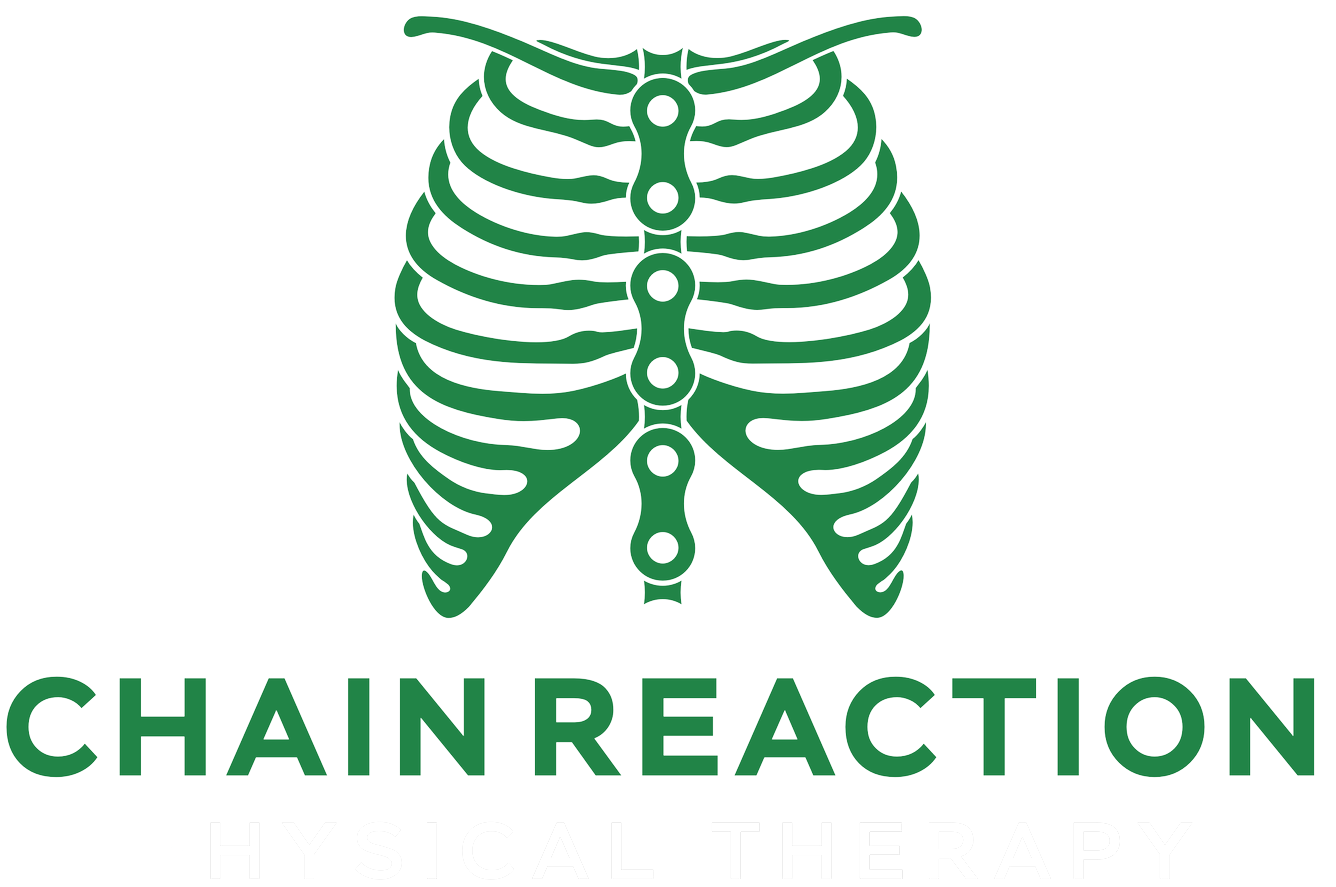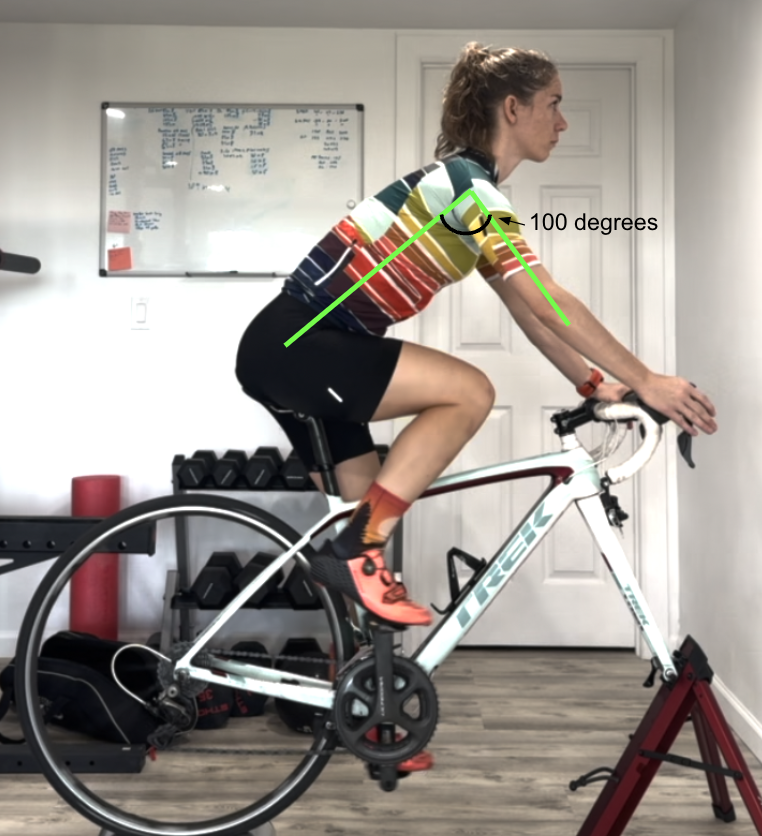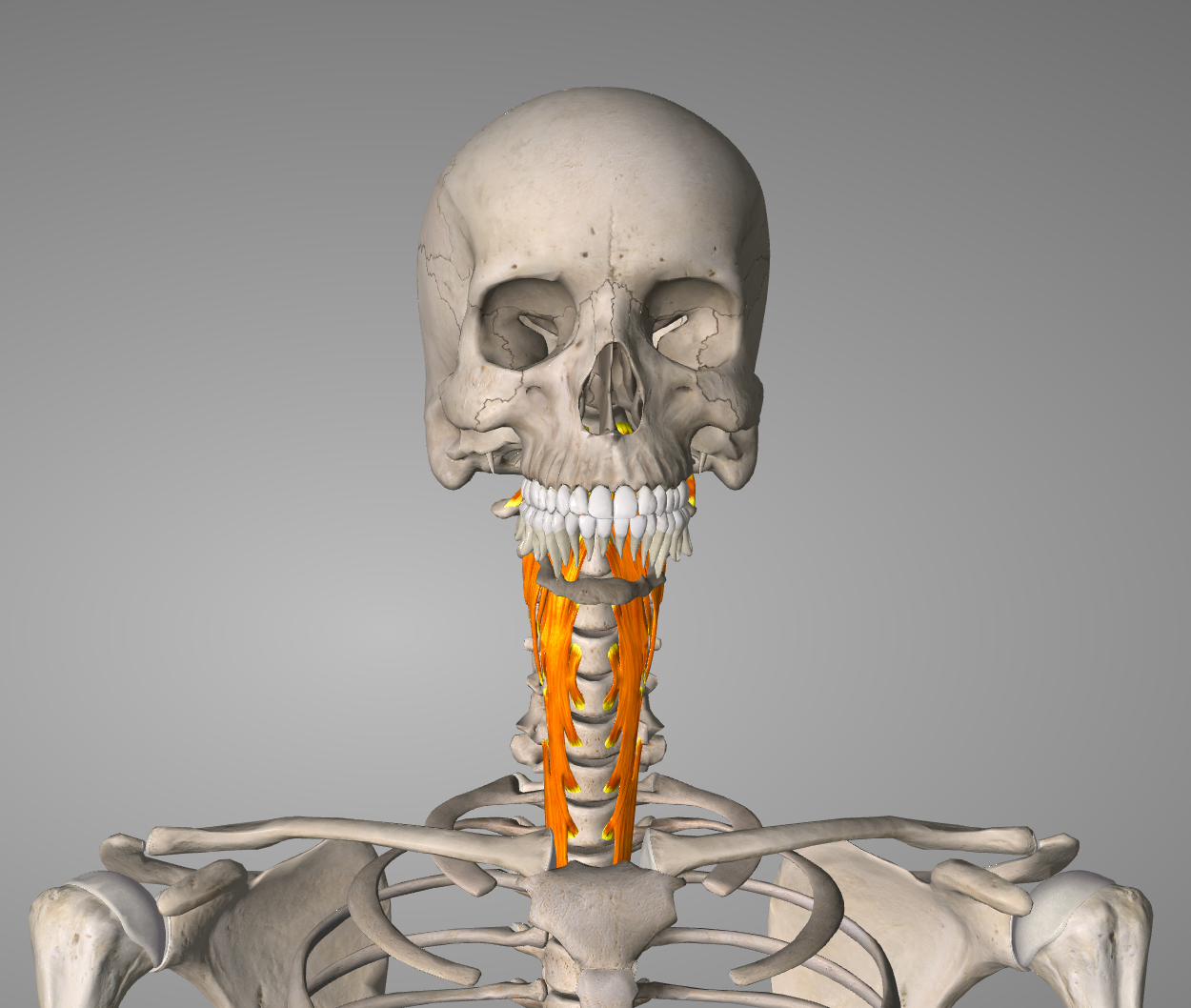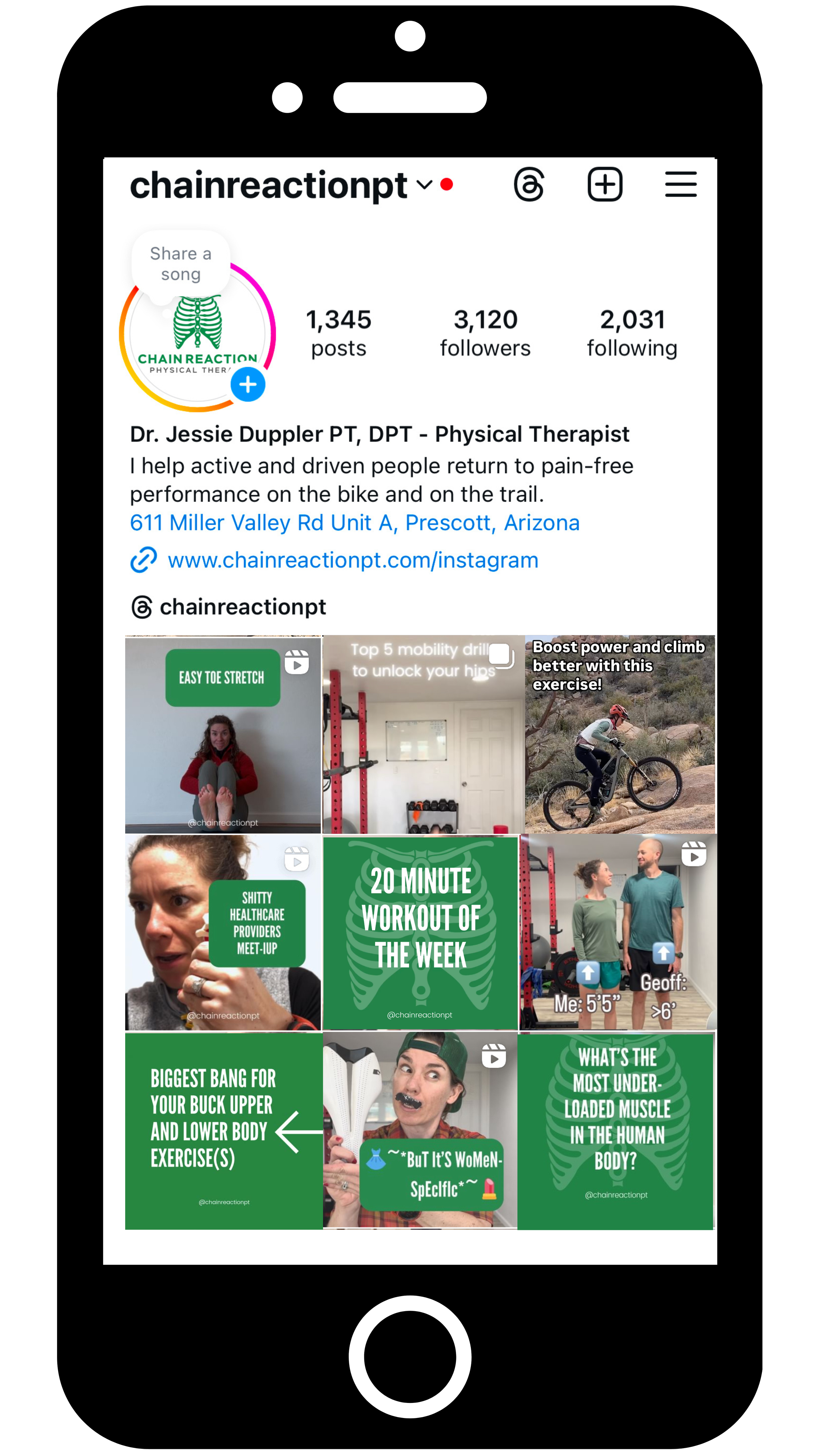Neck Pain With Cycling and How To Fix It
One of the most common complaints I get from cyclists who come to see me is neck pain with cycling. While it may be common, it’s also avoidable! Below we will discuss:
The most common causes of neck pain on the bike
Bike tweaks to make to decrease neck strain
Exercises to ensure your body and neck can support you on the bike
Let’s dive in.
The most common causes of neck pain on the bike:
1. Your stem is too low
Here’s the deal with riding. We may be bent over on a bike, but we still have to be able to look down the trail/road to see where we’re going (otherwise: disaster). So if your stem is too low, you will have to hyperextend your neck in order to see where you’re going. That sustained position over time will cause fatigue and neck pain with cycling.
2. Your saddle is too high
If your saddle is too high, it will also create excessive drop from your saddle to your bars. This will not only cause you to have to hyperextend your neck like I discussed above, but it will also place more force through your arms and shoulders. Anything about your bike fit that places excessive strain through the upper body will cause neck fatigue as you ride.
3. Your reach is too long or too short
Yup, either one will do it. Let’s break it down:
If your reach is too long
A long reach will require you to stretch your shoulders and arms out further. This will often cause your shoulders to start to creep up by your ears, shortening your upper traps. That system tends to fatigue out over a longer ride and cause neck pain
If your reach is too short
A short reach, similar to a too-high saddle, will shift too much of your body weight on top of your hands and arms. This will cause upper body, shoulder and neck fatigue and lead to neck pain with cycling.
So how do we fix it?
Typically, pain on the bike is the result of two things: How the bike supports the body and how the body is working on the bike. That’s why it’s important to address both bike fit and muscle capacity when it comes to solving neck pain with cycling.
Let’s start with Bike Fit recommendations:
The best way to set up your bike for success when it comes to neck pain is to assess your stem height first. Do this by first looking at these few things:
1. Check your reach: your reach should be around 100 degrees. This not only ensures that you won’t be placing too much pressure on your arms and shoulders, it also helps account for and place your stem at a correct height
2. Ensure proper saddle height: Your saddle height should be such that the knee angle is 145-155 degrees. This ensures your saddle isn’t too high, avoiding placing too much pressure on your arms and straining your neck muscles.
3. Assess your eyeline and neck angle. When riding, you should be able to easily look down the road, without a significant arch in your neck. You should have a fairly smooth arch that doesn’t look like a halfpipe
Now, even if you have the best bike fit in the world, your neck can only function as well as the muscles supporting it. Read below to learn about the most important muscles to address to get rid of neck pain while cycling:
1. The Deep neck flexors
Deep Neck Flexor muscles
Have you heard of “tech neck?” that’s when, in order to look forward at our computer all day, we depend on the bigger muscles around the neck to support the head and forget about the little ones. This often leads to neck pain. The same thing happens on the bike. The deep neck flexors help pull our head back so it’s better positioned on top of our shoulders, instead of extended far in front of our center of gravity.
This exercise helps strengthen the deep neck flexors to improve neck strength on the bike
2. The Diaphragm. We often forget that the diaphragm is a muscle that needs training just like anything else. In our flexed position on the bike, the diaphragm often gets cramped and can’t expand and contract as well. This results in us depending upon what are called our “accessory breathing muscles” smaller muscles in the neck that pull on the ribcage to help it expand, instead of the large diaphragm doing most of the work.
Accessory breathing muscles highlighted in orange at the neck, diaphragm highlighted in orange at the ribcage
This exercise helps teach the diaphragm how to drive appropriate inspiration and expiration to prevent us from relying too much on our accessory breathing muscles instead.
So don't let neck pain derail your next ride. With a few smart adjustments to your bike and a focus on strengthening key muscles, you can ride comfortably and pain-free.
Want more tips? Download my FREE Ultimate Bike Fit Checklist below! 👇
Other next steps for you:
1. Read my blog, Cycling Positions to Avoid Neck Pain
2. Check out this exercise if your hands get numb on the bike
3. Get access to my virtual bike fit to ensure a perfect and comfortable ride for you and your bike








